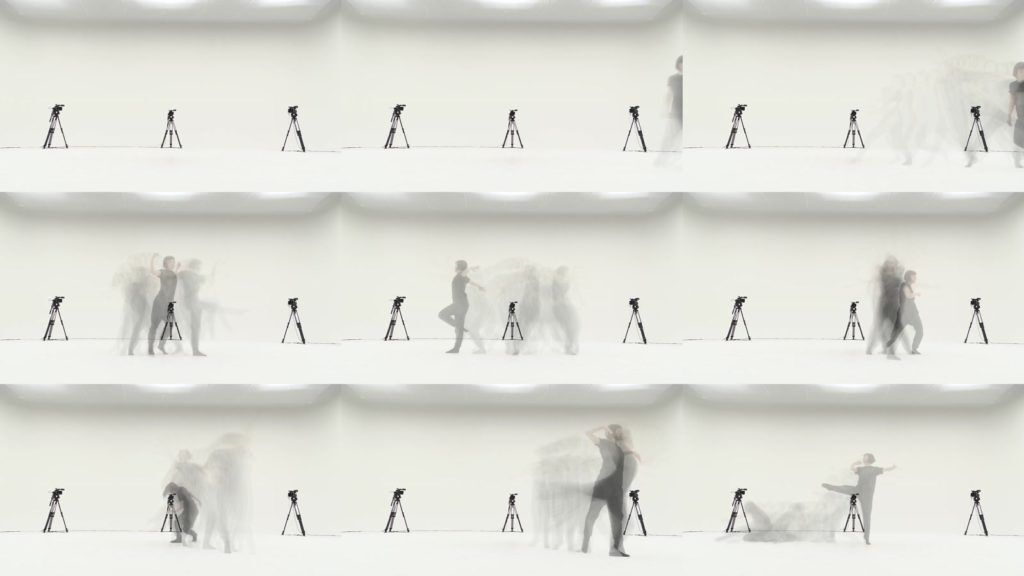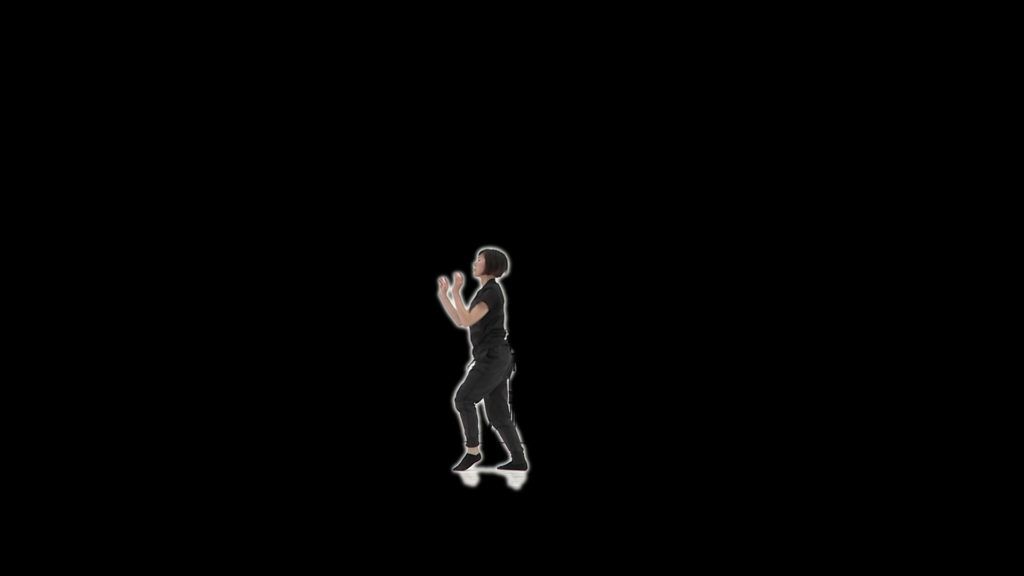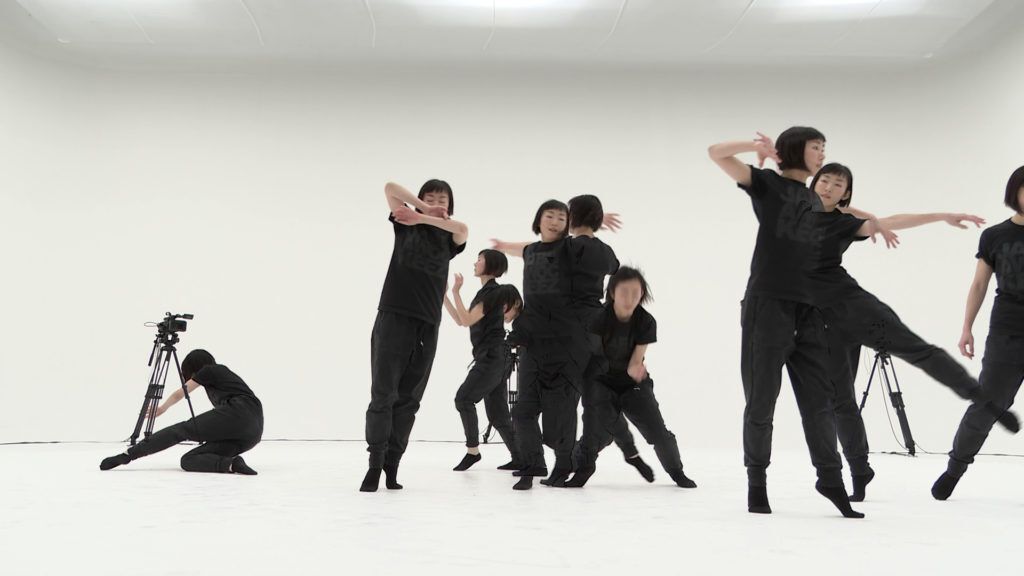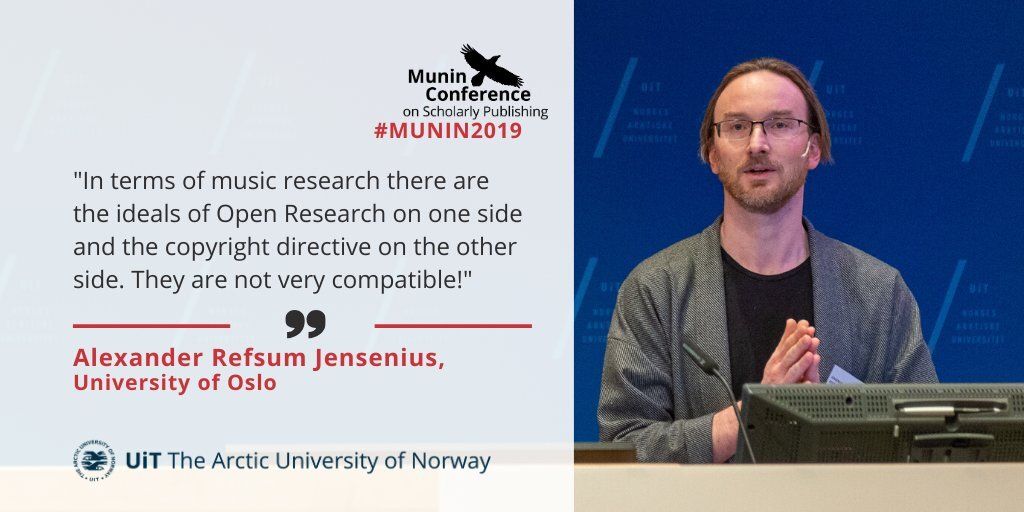
Creating different types of keyframe displays with FFmpeg
In some recent posts I have explored the creation of motiongrams and average images, multi-exposure displays, and image masks. In this blog post I will explore different ways of generating keyframe displays using the very handy command line tool FFmpeg. As in the previous posts, I will use a contemporary dance video from the AIST Dance Video Database as an example: The first attempt is to create a 3x3 grid image by just sampling frames from the original image....



